

Globally, countless young individuals are victims of sexual exploitation, abuse, and violence. These violations transcend cultural, geographical, and socioeconomic boundaries, impacting children across the globe.
The most vulnerable, especially girls, are at an elevated risk of forced sexual abuse, exploitation, and violence—occurring both online and offline, and frequently intensifying in situations of armed conflict.
The World Day for the Prevention of and Healing from Child Sexual Exploitation, Abuse, and Violence serves as a vital moment to reflect on the ongoing challenges and commit to actionable solutions to safeguard children’s rights and well-being.
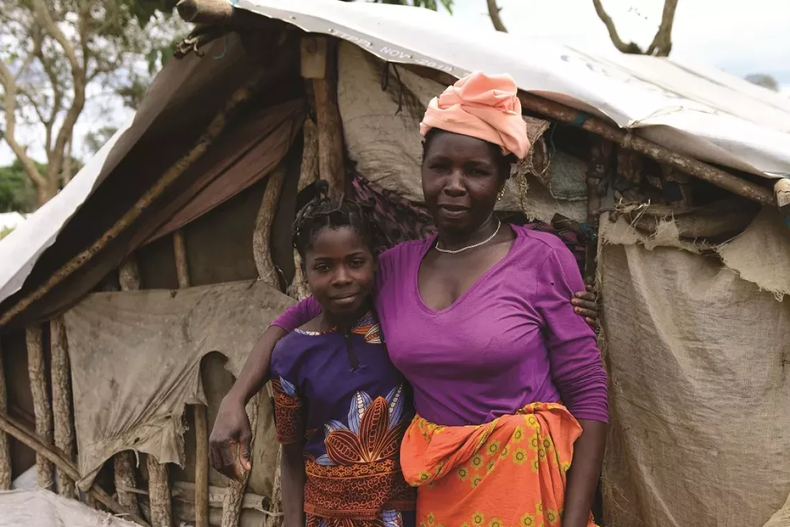
It is estimated that approximately 120 million females under the age of 20 have experienced forced sexual contact globally.
While comprehensive statistics on male victims are not as widely available, data from 24 countries indicate that between 8% to 31% of girls and 3% to 17% of boys under the age of 18 have endured some form of sexual violence.
In addition, 1 in 4 children under the age of 5 live with a mother who has experienced intimate partner violence - a traumatic environment that can exacerbate the risk of abuse for children.
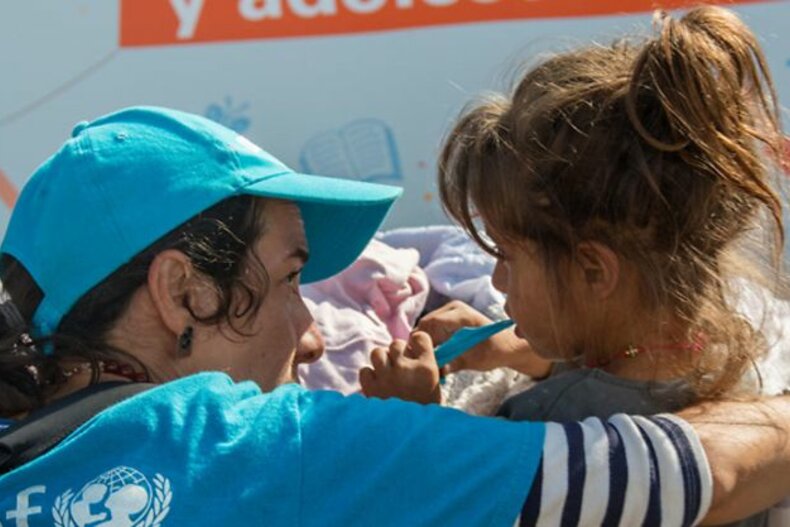
Sexual abuse of children is not only a grave violation of human rights but also a critical global public health concern.
The physical and psychological consequences of abuse extend well into adulthood, affecting the well-being of survivors and placing significant strain on public health systems.
Victims of sexual abuse may experience an array of mental health issues, including post-traumatic stress disorder, depression, anxiety, and substance abuse.
Health care providers play a crucial role in helping survivors, offering empathy, support, and resources for healing.

The World Health Organization (WHO) has recognized the importance of trauma-informed care and has published clinical guidelines for responding to the sexual abuse of children and adolescents, especially in low-resource settings where professional support may be limited.
WHO’s guidelines focus on promoting safety and providing survivors with choices that respect their autonomy, emphasizing a sensitive approach to medical history-taking, examination, and documentation.
These guidelines are essential in guiding health workers on evidence-based practices, particularly in situations where resources are scarce, to provide compassionate, effective care that respects the dignity of survivors.
This initiative underscores the need for global health and social service providers to adopt trauma-informed practices to help survivors recover and rebuild their lives.
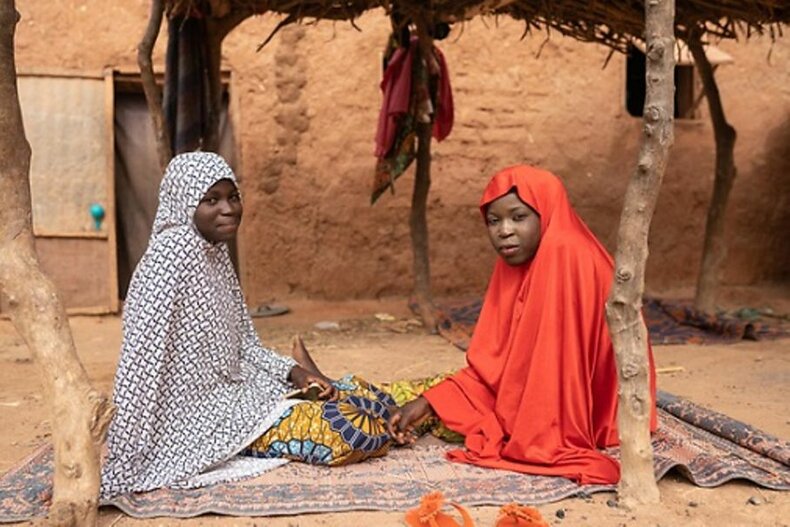
Addressing child sexual exploitation and abuse is made more complex by the world’s cultural diversity and varying societal tolerance levels toward these issues.
In many parts of the world, stigma and social taboos hinder open discussions about sexual violence, leading to underreporting and a lack of awareness.
Cultural norms regarding gender roles and power dynamics can also play a role in either exacerbating or mitigating the risk of exploitation and abuse.
As a result, organizations that work to combat child exploitation must approach the issue with a culturally sensitive lens, recognizing the need for tailored prevention and intervention strategies in different communities.
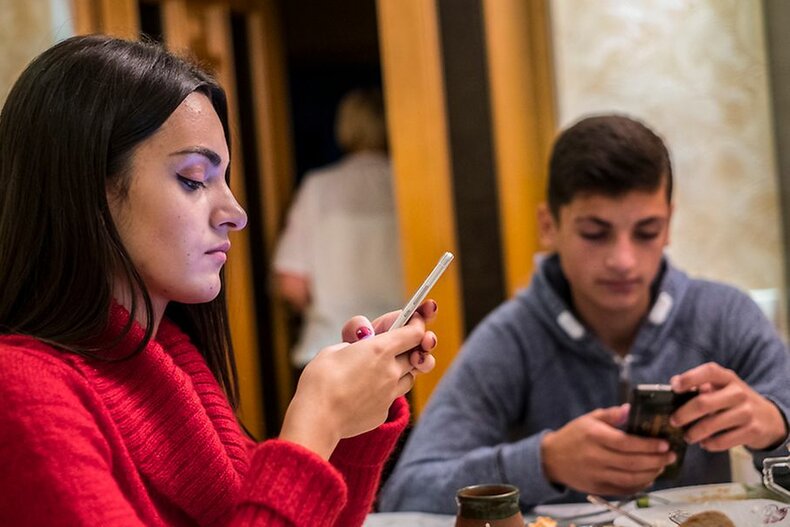
The rise of the internet has brought new challenges to preventing child exploitation, as it has created additional channels through which predators can operate.
From social media platforms to encrypted messaging apps, the digital world offers tools that, when misused, can facilitate abuse and exploitation.
Awareness campaigns targeted at both children and adults are crucial for educating communities about the dangers and signs of online abuse.
International organizations and governments are collaborating to introduce stricter regulations, develop robust reporting mechanisms, and implement monitoring practices to curb online exploitation.

However, prevention extends beyond policy - it also involves teaching children digital literacy, helping them understand safe online behavior, and providing adults with the tools to recognize signs of exploitation.
Educational initiatives aimed at increasing digital literacy and awareness among parents, educators, and children can play a powerful role in the prevention of online abuse, empowering individuals to recognize and report suspicious behavior.
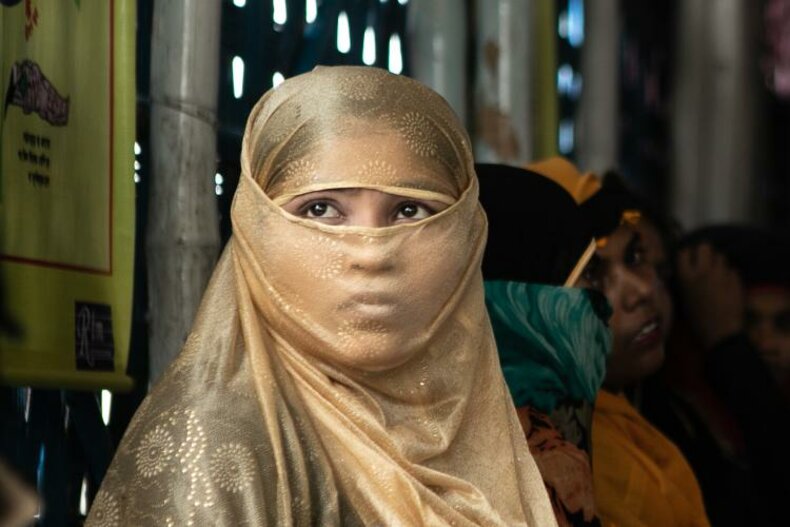
The World Day for the Prevention of and Healing from Child Sexual Exploitation, Abuse, and Violence reminds us that every child deserves a life free from fear and harm.
To achieve this, we need a collective commitment that transcends borders and cultural divides.
The fight against child exploitation and abuse demands comprehensive legal reforms, accessible mental health services, and a commitment to cultural sensitivity.
As nations work toward these goals, it is crucial to create inclusive spaces for survivors to share their stories, seek help, and begin their healing journey.
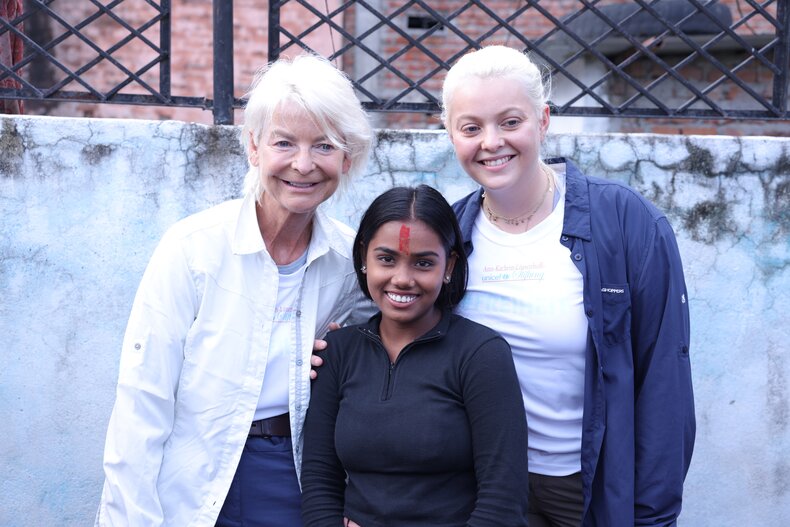
Prevention efforts must focus on addressing root causes, strengthening community resilience, and promoting tolerance.
By fostering a culture of openness and support, we can combat the stigma surrounding child sexual exploitation, encourage reporting, and ultimately protect children’s fundamental rights.
On this World Day, let us reaffirm our dedication to building a world where every child can grow up safe, healthy, and free from abuse.
Yours
sincerely

